Model Range 930 (1975 – 1989): Porsche Turbo 3.3
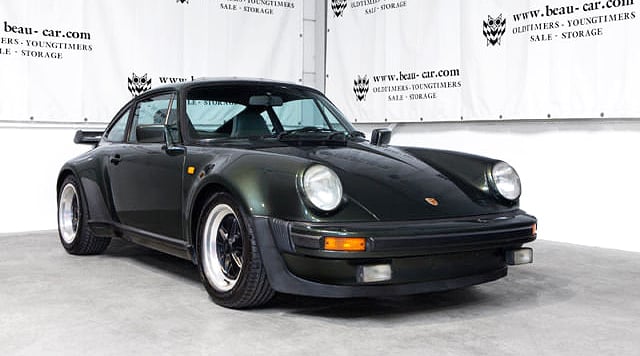
Using turbo technology developed in the 1000bhp+ 917/30 Can-Am racing car, the first 911 Turbo blasted its way onto the scene in 1975 (having been revealed as a concept in 1973) and immediately took pride of place at the top of the 911 range. It brought with it wider wheels, flared arches and a sizeable spoiler; all of which remain traits of the Turbo today.
In 1978 the engine was enlarged from 3.0 to 3.3 litres; other changes included the addition of an intercooler, upgrading the brakes, and changing the spoiler from ‘whale-tail’ to ‘tea-tray’ design. A few years later, Porsche’s Special Order Division offered the Turbo with the ‘flatnose’ front end of the 935 racing car – cars with original factory conversions nowadays command a significant premium.
See car in the Classic Driver Marketplace >>
Model Range 964 (1990 – 1994): Porsche 911 Turbo 3.6 X-88
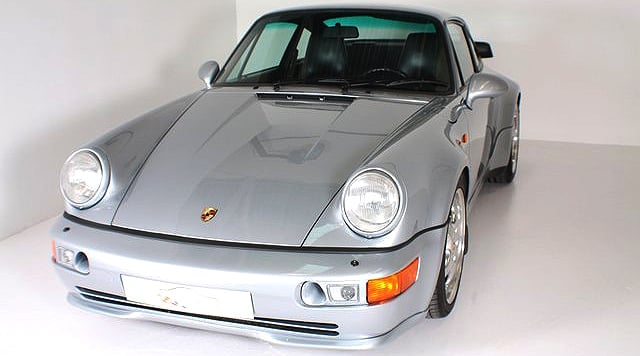
After a brief hiatus, 1990 saw the Turbo return in 964 form. Initially, the 3.3-litre engine from the 930 was used, but in the car's penultimate year it was given the 3.6-litre from the imminent 993. When 964 production ceased, a small number of spare chassis were sent to the Special Order Division; some of these in-demand models were equipped with the 3.6-litre engine under order option X-88.
See car in the Classic Driver Marketplace >>
Model Range 993 (1995 - 1999): Porsche 911 Turbo S
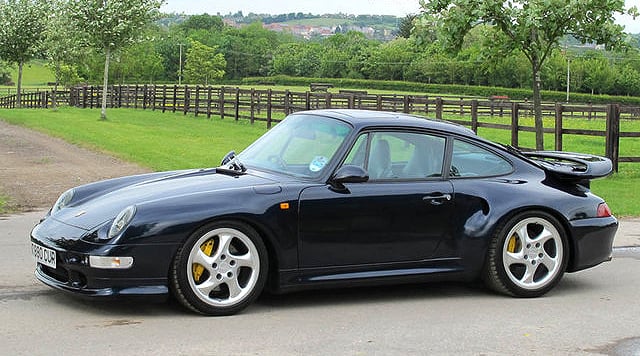
The third-generation Turbo was launched in 1995, and encompassed technology originating from the 959 supercar – namely the use of two turbochargers and a permanent all-wheel-drive system. As with some of the later 964 Turbos, an ‘S’ derivative was subsequently offered; just 183 were produced, all benefitting from a hike in power (to 444bhp in non-American markets) and differentiated by their yellow brake calipers, 959-style rear arch scoop, four-pipe exhaust system and larger spoiler.
See car in the Classic Driver Marketplace >>
Model Range 996 (2000 – 2006): Porsche 911 Turbo Cabriolet
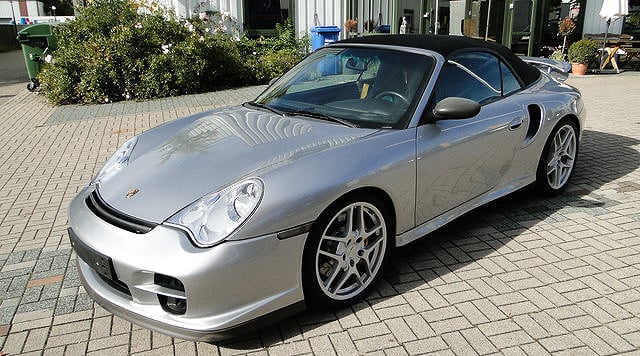
The 996 Turbo debuted in 2000, complete with its controversial ‘fried-egg’ headlights. It continued the four-wheel-drive, twin-turbo setup pioneered by the 993, and also borrowed further styling cues from the 959 – most obvious in the air vent treatment on the rear bumper. More notable still was the switch from being air-cooled to water-cooled; in fact, the 996 Turbo’s engine was derived from that seen in the 911 GT1 car.
See car in the Classic Driver Marketplace >>
Model Range 997 (2007 – 2013): Porsche 911 Turbo
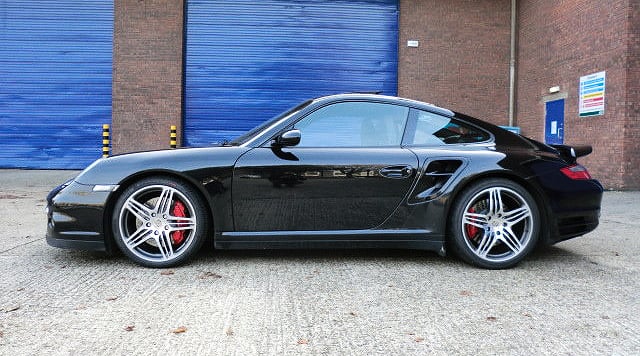
Though the 997 Turbo appeared to share much with the 996 (the same twin-turbo 3.6-litre flat six was used), in reality they were very different beasts. Variable turbine geometry (still in use on the new 991 Turbo) meant quick responses and high power were no longer mutually exclusive, while a new four-wheel-drive system (using knowledge gained during the Cayenne’s development) dealt out the 473bhp available in a more efficient and predictable manner. In Turbo S form, the 997 was capable of the 0-62mph sprint in well under three seconds.
See car in the Classic Driver Marketplace >>
Photos: Classic Driver dealers








